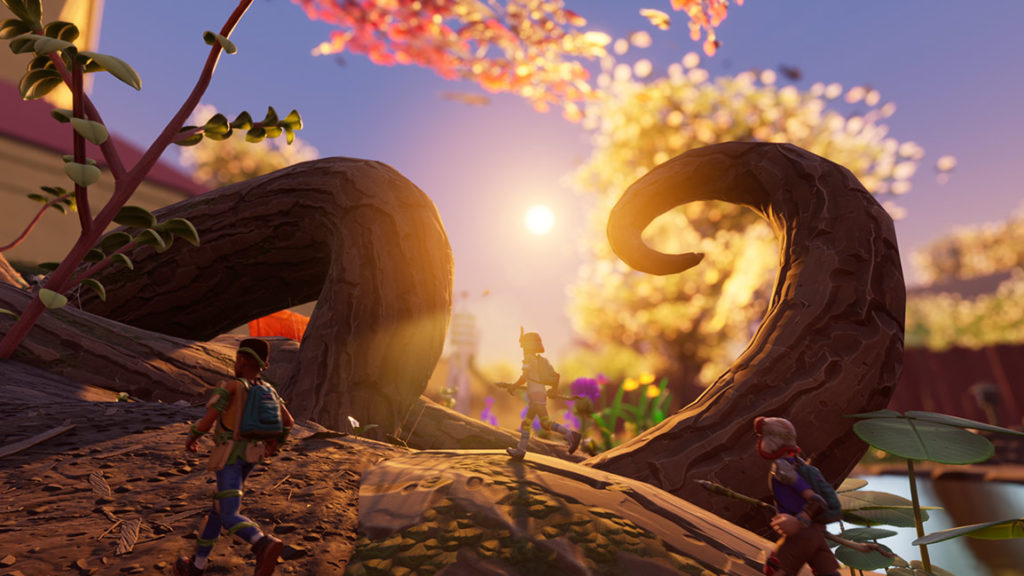

Software product takes place in an environment which is filled with bugs and insects, such as spiders, bees, dust mites, and ladybugs.

Software product's graphics are detailed enough to convey the player's shrinking size. For example, the game takes place in a backyard in which user is shrunk to size of an ant in the game. Grounded's graphics are simple but effective in conveying the game's setting. Software product is set in daylight, with the sun shining brightly in the sky. The game's visuals are cartoonish and hand-drawn, featuring vibrant colors and detailed textures. Software product is set in an ant's perspective, and the Grounded game uses the Unreal Engine 4. Application has an accessibility option for people who are arachnophobic. The player has to scavenge for resources to help themselves survive in app. Software product is set in a backyard with different dangers. GND flag for telling whether bottom ground plane is included (1=GCWG, 0=CWG)

Rho is the conductance of the signal trace (copper)Įr is the dielectric constant of the substrate Tmet is thickness of the signal trace in meters S is spacing between signal trace and upper ground plane in meters

Here are some of my calculations done with wcalc-1.1 Original intention was to tune a PCB trace from the micrstrip's 77.7 Ohms towards 50Ohms by placing ground next to the signal trace. When taking this geometry and calculating the impedance of a GCWG with increasing spacing to the top ground plane, the impedance gets much higher than those of the microstrip line (= GCWG with infinite spacing?).Ĭan somebody explain me why this happens? Maybe the calculators only work for small spacings? Starting point was the geometry of a PCB microstrip line. I tried a few calculations using wcalc-1.1 and the calculator found on. When increasing the spacing between signal trace and upper ground, the effect of the upper ground gets lower and the GCWG slowly turns into a microstrip line. Consider a grounded coplanar waveguide (GCWG) implemented on some PCB.


 0 kommentar(er)
0 kommentar(er)
